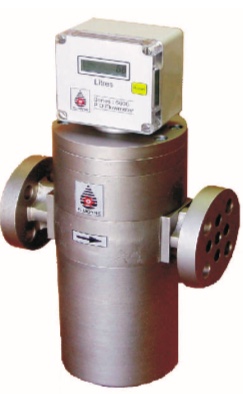Accurate monitoring of fuel consumption is a critical requirement in industries such as automotive, power generation, marine, construction, agriculture, and transportation. Fuel costs represent a significant portion of operational expenses, and uncontrolled consumption often leads to inefficiencies and hidden losses.
To address this, fuel consumption flow meter are deployed to measure, record, and analyze the precise quantity of fuel consumed by engines, vehicles, or industrial equipment.
The ever-increasing cost and limited availability of fuel are a major motivation to industries to reduce consumption. Consumption can only be reduced when it is measured. Fluidyne Control Systems is at the forefront of measurement technology for fuel consumption through revolutionary products to suit every make, model, flow range and rating
The configuration of a fuel consumption flow meter depends on the type of engine system, the type of fuel being used, and the specific monitoring requirements of the user. Below, we outline the typical configurations, working principles, and integration aspects of modern fuel consumption flow meters.

The Configuration of The
Fuel Consumption Flow Meter
Fluidyne fuel consumption flow meter system consists of
Benefits
Fluidyne’s fuel consumption flow meter is an indispensable tool for industries that rely heavily on liquid fuels. Whether monitoring diesel engines, marine vessels, boilers, or industrial furnaces, these meters deliver the accuracy and insights needed to manage fuel as a strategic resource. Specialized variants such as the furnace oil flow meter, diesel fuel consumption meter, and LSHS flowmeter cater to specific fuels and applications, ensuring precise measurement under demanding conditions.
By offering accurate data, seamless integration with digital systems, and long-term reliability, fuel consumption flow meters enable organizations to reduce costs, improve efficiency, ensure compliance, and move toward more sustainable fuel management practices.
